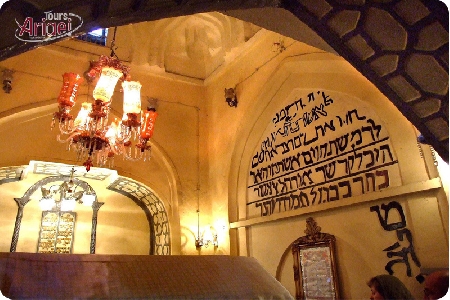The place used to be one of the most important Jewish pilgrimage sites, the building is made of stone and bricks following Islamic architecture. The tomb originally dated to the 10th century, however, the old building was replaced with the new construct in the 14th century. The entrance, vestibule, iwan, tomb, and alcove are different parts of the building; an old Torah was found in this place that was moved to the cultural heritage organization of Hamedan. There are two wooden boxes carved beautifully for each of the tombs, the one that belongs to Esther is older than the other.
The common belief is that Esther (a book in the bible’s old testament is named after her) was a beautiful Jewish girl and Mordecai (her cousin or guardian in the Bible) was his uncle and a commander in Xerxes’s (King Ahasuerus of Bible) Court. When Xerxes marries Esther, Jews gain power in the court and Haman who was Mordecai’s enemy uses this power against them and convinces the king to permit the massacre of Jews. Mordecai and Esther try to change the king’s command, but he wouldn’t budge. At last, they can convince him to issue a new royal command allowing Jews to defend their lives against any attack. Each year, in March, Jews celebrate the prevention of the massacre in a celebration referred to as Poorim.
